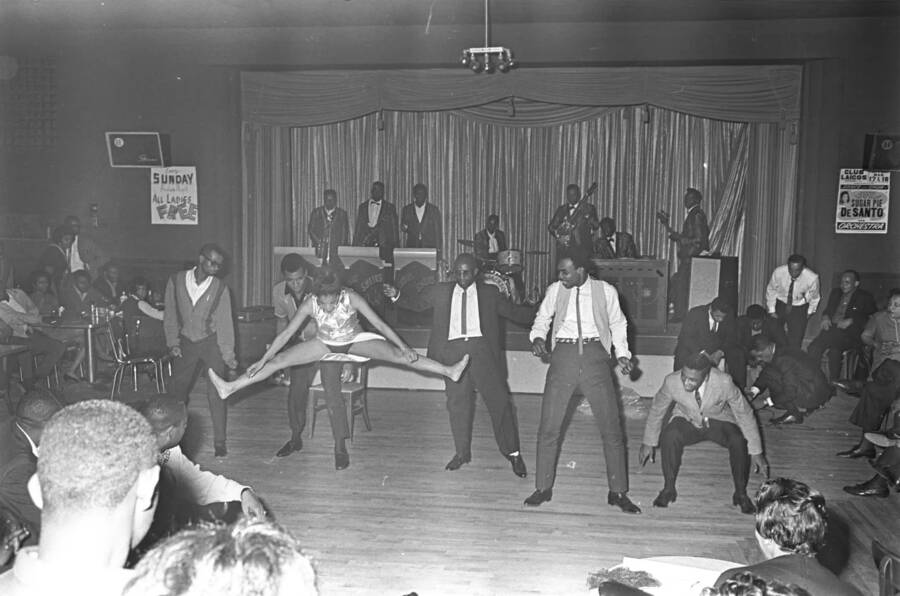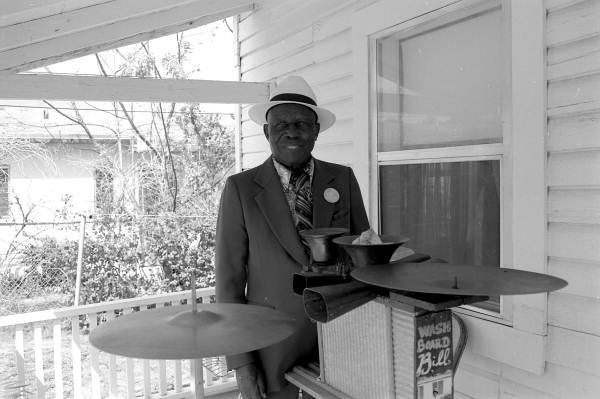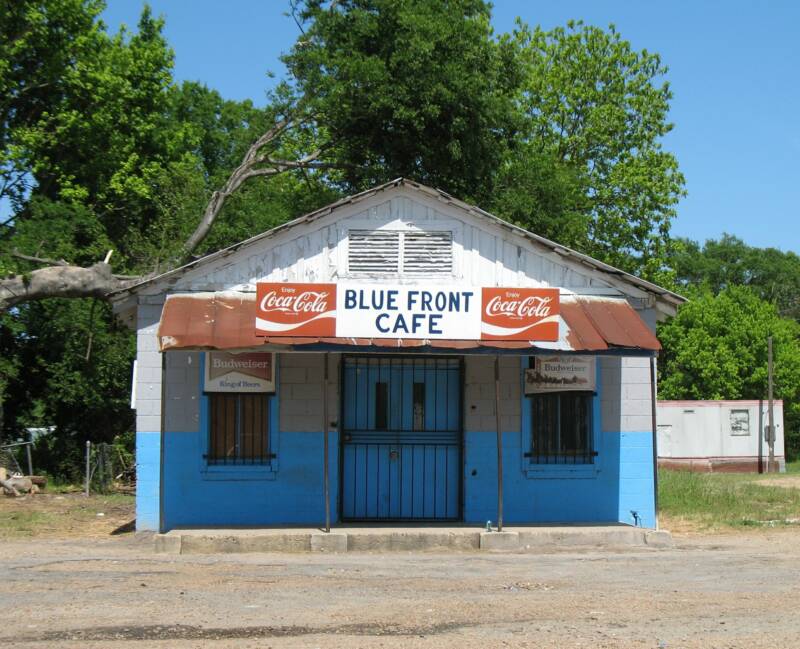In a time of segregation and widespread racism, juke joints offered a brief refuge for Black sharecroppers and rural workers — and left an unforgettable mark on music history.
Even in the darkest of situations, people have always managed to find some form of solace in community. For the enslaved people of pre-Civil War America, that came in the form of community spaces that were sometimes formed on plantations. Here, they could socialize, eat, and dance together as a brief escape from the cruel conditions forced upon them.
Following the end of slavery, however, freed Black laborers still needed a safe space away from the eyes of the law in the Jim Crow South. Ramshackle cabins, barrelhouses, and shacks sprang up in rural areas as gathering spots that offered music, liquor, dancing, and community.
These juke joints, as they came to be known, fostered the development of blues music and Black cultural expression in America. For decades, these spaces offered a sense of escapism and safety for countless Black Americans, and they continue to serve as a source of inspiration today.
What Is A Juke Joint?
Juke joints, sometimes spelled jook joints, are somewhat hard to define in a specific manner. Even the origin of the term is a bit murky.
According to the Mississippi Encyclopedia, some scholars have tried to link the word “juke” to the African word “juga,” which translates loosely to “bad” or “wicked.” Others say it stems from the word “juice,” because early electric guitars and music players were sometimes referred to as “juice boxes.”
Author and blues enthusiast Roger Stolle once described a juke joint as “basically a house party where the juke host doesn’t trust you to come to his (or her) actual house, so he has a little ‘home away from home’ building that is either out in the countryside or ‘on the other side of the tracks'” in his book Mississippi Juke Joint Confidential.
Traditionally, juke joints were rarely custom-built. They often emerged in previously existing spaces, which were repurposed as grassroots social clubs and outfitted with bars, seats, decorations, and pool tables.

Alabama Department Of Archives And HistoryR&B singer and dancer Peylia Marsema Balinton, a.k.a. Sugar Pie DeSanto, dancing at a juke joint.
This adaptiveness stemmed from the likely origins of juke joints as makeshift communal spaces on plantations, where any form of revelry needed to be discreet. That same covert quality continued during the Jim Crow era and segregation, establishing common characteristics across juke joints: smoke-filled rooms, strong drinks, close community, and a notable eschewing of normal business operations like public telephone numbers or set hours.
Often, juke joints operated when musicians were in town and willing to play — and these spaces, and the communities that developed around them, were pivotal to the creation and spread of blues music, especially Delta blues. The famed anthropologist Zora Neale Hurston wrote in 1934 that “musically speaking, the Jook is the most important place in America.”
Juke Joints And The Rise Of Blues
The exact number of juke joints that have existed in America is difficult to know for sure, given their discreet nature and relatively unchronicled history. However, there are a few, like Po’ Monkey’s in Merigold, Mississippi, that rose to prominence because of how much they contributed to music and culture.
According to Bon Appétit, Po’ Monkey’s was opened in 1963 by Willie “Po’ Monkey” Seaberry and hosted famed Delta blues artists, such as Big George Brock and T-Model Ford. Other notable joints include the Blue Front Cafe in Bentonia, Mississippi, Red’s Lounge in Clarksdale, Mississippi, Gip’s Place in Bessemer, Alabama, and Teddy’s Juke Joint in Zachary, Louisiana.

State Library and Archives of FloridaFlorida musician William “Washboard Bill” Cooke outside a juke joint.
But even smaller, local juke joints, the names of which have long been forgotten, also contributed to the rise of blues music, including the Delta blues. Blues was born out of the Black American experience, and at juke joints, it continued to evolve. The blues gave way to folk rags and boogie-woogie music of the late 19th century. These genres often overlapped and really only came to be distinctly labeled in the 20th century, though.
As singer and guitarist Mance Lipscomb said, quoted in Elijah Wald’s Escaping the Delta: Robert Johnson and the Invention of the Blues: “So far as what was called blues, that didn’t come till ’round 1917… What we had in my coming up days was music for dancing, and it was of all different sorts.”
Robert Johnson was just one of the musicians who traveled the juke joint circuit, playing in dingy, smoky rooms to crowds of eager audiences. Other influential early blues figures, like Son House, Charley Patton, and Henry Sloan, also spent their time in juke joints, crafting a genre that became synonymous with the Black experience of the American South and laid the groundwork for the musical explosion of the 20th century.
Moreover, their music helped bring people together, physically and emotionally. This also provided economic benefits to Black entrepreneurs who ran juke joints, especially those who offered room and board, and sold moonshine and food to their guests. These juke joints provided new economic possibilities to many people who were otherwise limited in that capacity due to widespread racism, discrimination, and segregation.
The Lasting Cultural Impact Of Juke Joints

Wikimedia CommonsThe Blue Front Cafe in Bentonia, Mississippi, as it stands today.
Today, there are still some juke joints in operation, though they are rather different from those of the past, often featuring DJs rather than live music. A small number of famed joints, like Po’ Monkey’s and Blue Front Cafe, became cultural landmarks, and remained open well into the 2000s.
Po’ Monkey’s stayed in operation until 2016, but shuttered its doors after its owner died. Before that, though, it had been part of the Mississippi Blues Trail, and both Annie Leibovitz and Anthony Bourdain visited the venue. The lasting spirit of juke joints had an even more widespread effect, inspiring and influencing bigger venues like the Ground Zero Blues Club in Clarksdale, Mississippi and the famous chain House of Blues.
The heyday of juke joints ultimately came to a close as Jim Crow fell, integration spread, and entertainment diversified. These factors, combined with general rural decline, caused many juke joints to close. While few original joints remain open, the impact of these improvisational pop-ups can still be felt across the world of modern blues to this day.
Next, read about nine unsung civil rights leaders. Then, check out some incredible colorized photos from the Harlem Renaissance.
